The Producers: Process
The Agave Spirit Production Process
All agave spirits have at least one thing in common: a one-of-a-kind recipe. They are all born from carefully crafted processes that have been tested and refined for generations. Although there are some similarities in production methods, each spirit is made with a very distinct technique.
Cooking the Agave
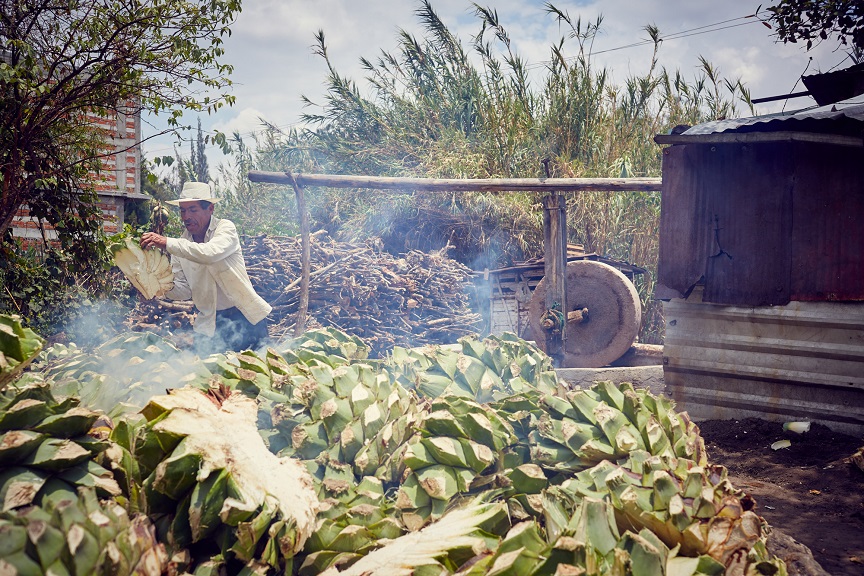
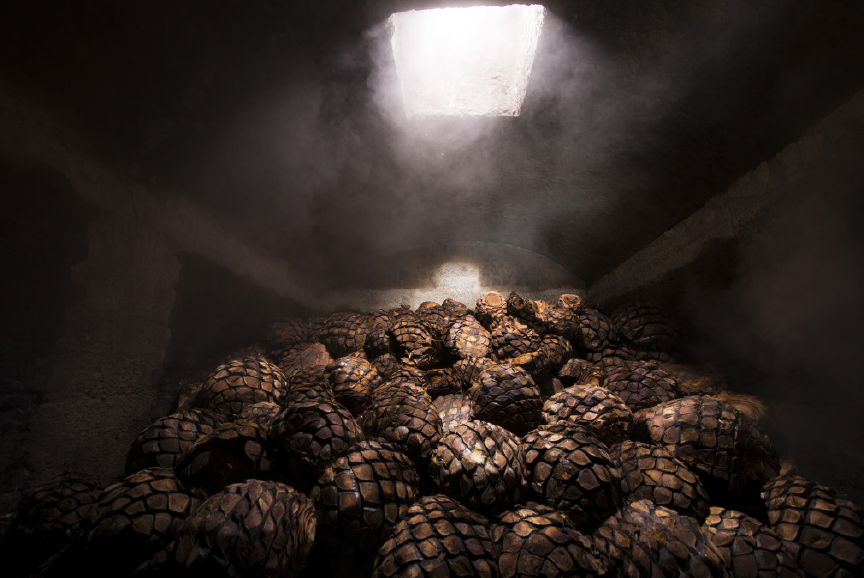
Once harvested, the piña is baked or steam-cooked in an oven- either dug into the ground or built above ground. For mezcal’s characteristic smokiness, the piñas are often roasted for three to five days over hot stones in a pit covered with earth. For 100% agave tequila, the piñas are often cooked in stone ovens built above ground. However, there are different processes approved when cooking agave for both mezcal and tequila- including the use of autoclaves and diffusers.
Mashing The Agave

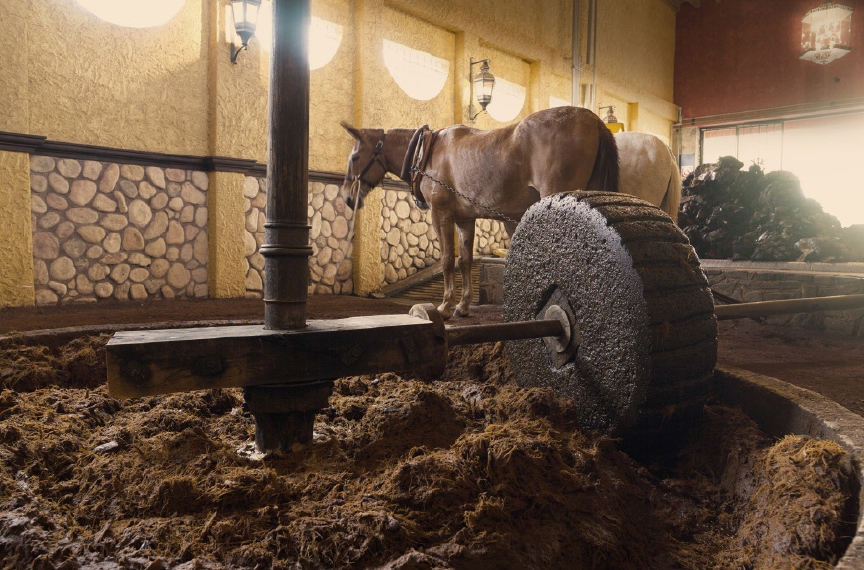
After cooking, the piña is crushed to extract its juices, either by roller mill or under a traditional stone wheel called a tahona or molino. In some regions, extraction is still done by hand with heavy mallets. Separately, a diffuser may also be utilized for this part of the production process
Fermentation
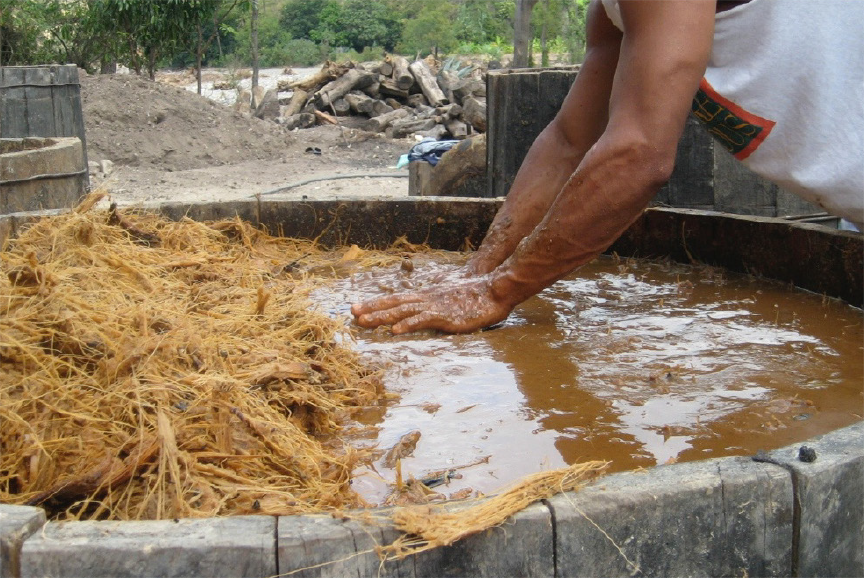
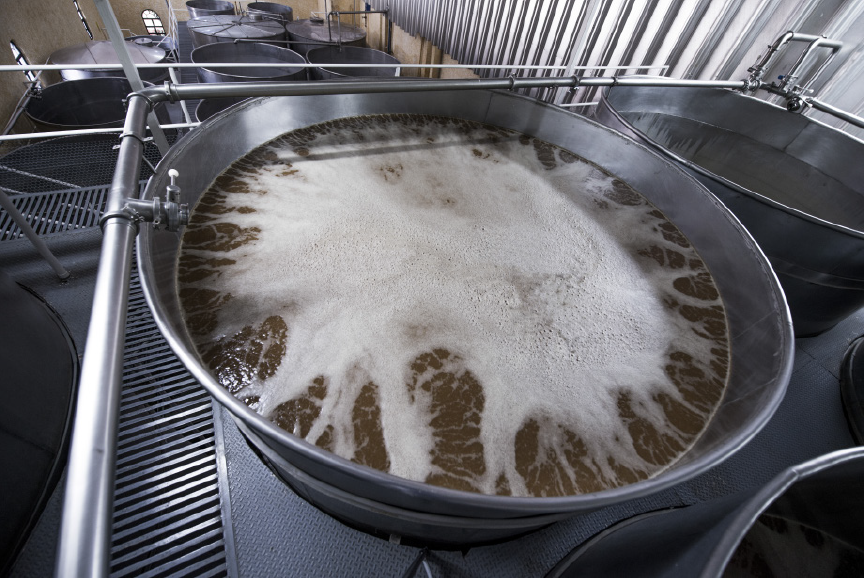
The juice that is extracted from the crushed piñas is then transferred into stainless steel, wooden or animal skin vats for fermentation, resulting in a low-alcohol, sweet liquid. Different varietals of yeast, including all-natural, can be used for the fermentation process.
Distillation
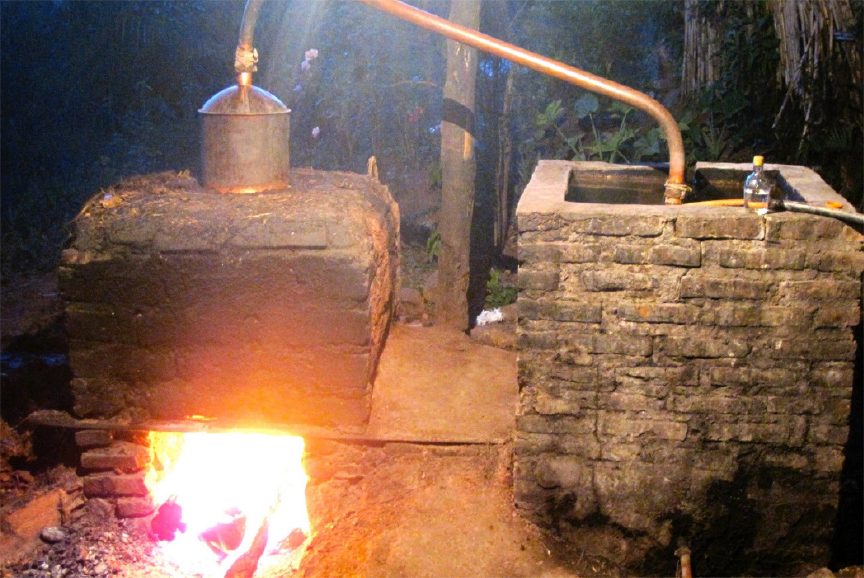
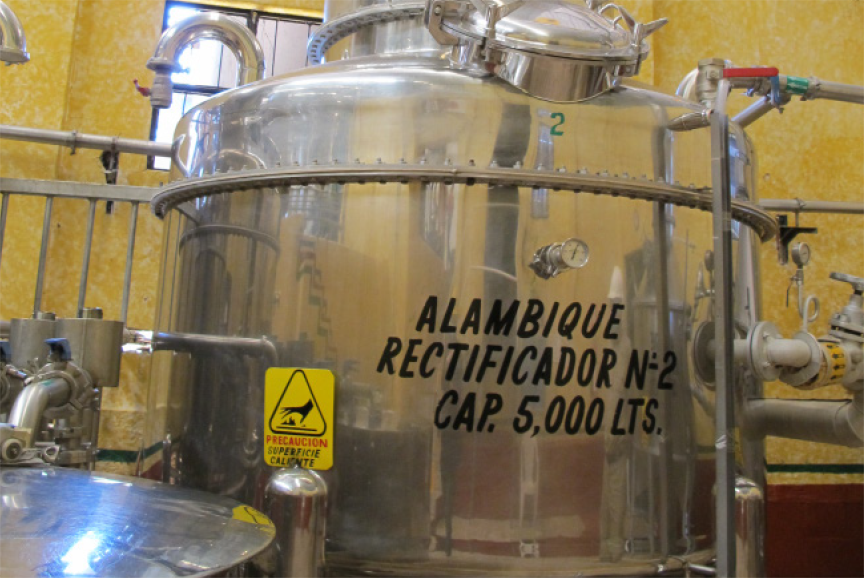
In the final step of the process, the liquid is distilled in clay, copper or stainless steel stills. Several different distilling techniques are utilized across agave spirits production. From here, the spirits can be aged in wood, but are not required to be.
